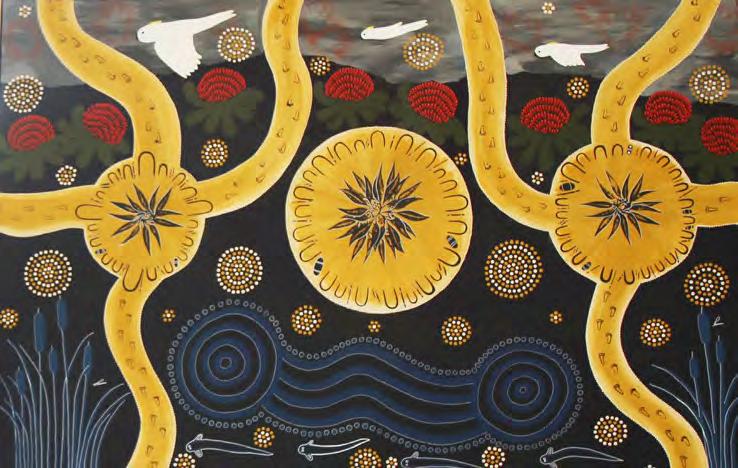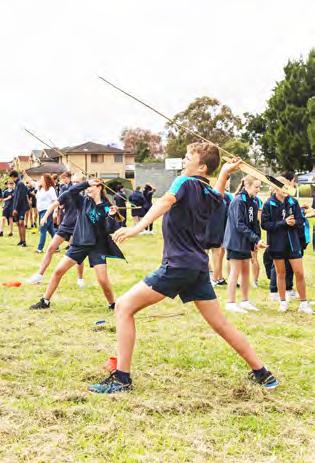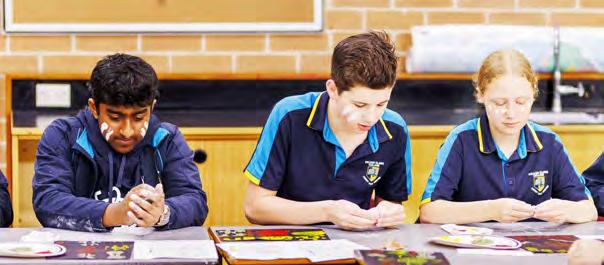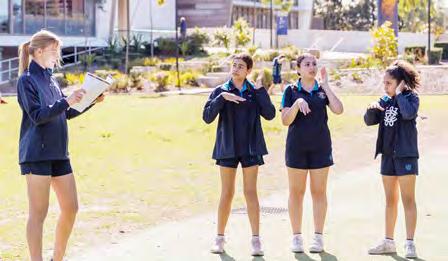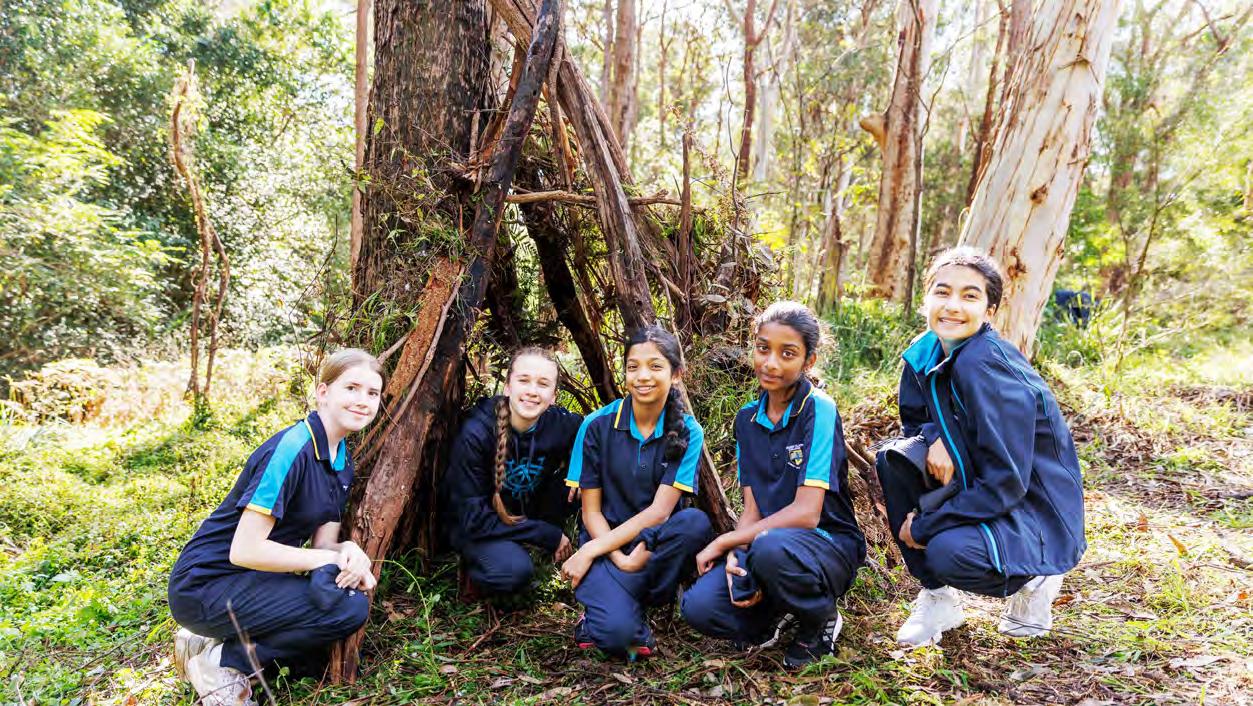
4 minute read
Building Cultural Awareness
By Victoria Broady, Darug Culture and Language Program Leader | William Clarke College, NSW
A unique education program for Year 8 students at William Clarke College is leading the way in embracing First Nations culture. The Darug Culture and Language Program celebrates the rich heritage and contribution of all Aboriginal and Torres Strait Islander people so that they may be known, valued and celebrated in the College’s community and beyond.
This exciting initiative, now in its second year, has been developed in partnership with members of the Darug community. It offers students the opportunity to engage in learning that progresses their knowledge of the culture, history and language of the Darug people, develops their respect for Aboriginal and Torres Strait Islander peoples, cultures and histories more widely, and encourages them to grow in their skills of empathy as they hear stories and accounts of life for the Darug community post contact.
The College campus is situated on the traditional lands of the Bidji people of the Darug nation. This territory includes the Hills District stretching from Camden to Wisemans Ferry and incorporates the Cumberland Plain in Western Sydney. Teaching and learning have taken place on this land for centuries as Darug elders have passed down their stories, traditions, and knowledge of the land.
Like all Aboriginal and Torres Strait Islander peoples, the Darug Nation suffered significantly post contact. As Sydney was quickly colonised, much of the Darug language was lost and many cultural practices were forcibly ceased. Many Darug men and women, however, are currently working hard to reclaim the language and educate the wider community about the history of their people and the deep connection they had and continue to have with this land. This is a testament to the resilience of the Darug people.
The program is conducted over four intensive weeks throughout the year. Not only does it fulfil the 100 hours of mandated language study required for Years 7 to 10 but it also sits under the College’s Reconciliation Strategy. The Reconciliation Strategy seeks to engage meaningfully and respectfully with members of the local Aboriginal and/or Torres Strait Islander community, and make contributions to the national journey towards reconciliation. The College liaises regularly with the Darug community in relation to program design, content and delivery. William Clarke College is also a member of the local Aboriginal Education Consultative Group who provides feedback and guidance related to the program.
Throughout the program, students and staff are encouraged to engage in learning in a different way than in their other regular lessons. Students are in learning groups with a College teacher, however this teacher acts as a facilitator, learning alongside the students. During
There are a variety of fascinating units studied within the program including:
Welcome to Country This unit introduces students to the concept of Country and the importance of Country to Darug people. Throughout the unit students learn vocabulary and phrases associated with introductions and talking about your location. Students work towards the recording of an acknowledgement of Country in Darug at the completion of the unit.
Caring for Country The second unit encourages students to consider how they can contribute positively to the caring of Darug Country. Students learn about how Aboriginal and Torres Strait Islander peoples care for Country and the systems that have been in place for thousands of years to ensure sustainability. Students learn vocabulary and phrases associated with flora, fauna and weather.
Caring for Kin The third unit focuses on relationships and introduces students to the kinship system. Students consider the importance of relationship and the roles they play in preserving culture. Students learn vocabulary and phrases associated with family members.
Me on Country The final unit of work introduces students to vocabulary and phrases to talk about themselves, their bodies and feelings. The focus on the individual is purposeful as the students then consider how their learning across the whole program will influence their behaviours in the future. Students work towards the creation of a learning resource that shows their language knowledge throughout the whole program that could then be used as a learning resource within the community.
In addition to the units, the students participate in various incursions that have enabled Darug community members and Aboriginal and Torres Strait Islanders to contribute as much as possible to the teaching of the program. Students have engaged in cultural talks, traditional canoe making, weaving, firemaking, stone axe creation, spear throwing and Aboriginal art.
Students also reflect daily in a Reconciliation Journal, in which they comment on ways in which their thinking has been challenged. At the conclusion of the program, students then reflect on their learning throughout the entirety of the program and compose their own personal reconciliation strategy, detailing ways they intend to take their learning further.
The College’s Reconciliation Strategy, which encompasses the Darug Culture and Language Program, recognises that we are embarking on an important journey as a community. Importantly, our strategy seeks to further awaken a passion amid our community for authentic reconciliation where deep relationships are fostered and transformative changes are made. It’s hoped that the Year 8 students of William Clarke College take their learning and experiences from the program into the future, being agents of change and continuing to appreciate the rich culture and language of the Darug people.
